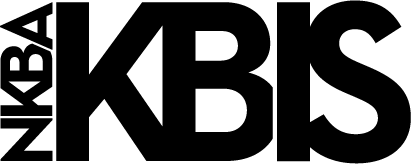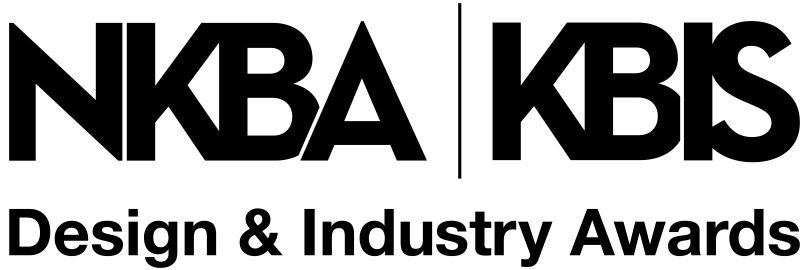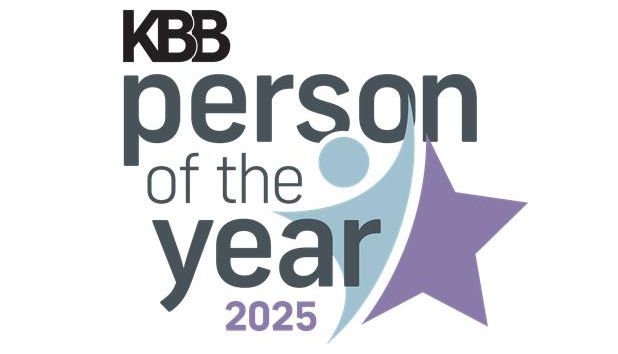It’s been about four months since my last column. Since then I have a new professional home and a new column with a new name. This endeavor will aim a little broader than just marketing issues. Despite the title, it’s not about the technical aspects of designing better kitchen and baths. That’s your expertise and I will leave that to you. It’s more about designing your business for the future. Great designs are only part of the success equation. There are a lot of other business, marketing and functional elements to consider.
STILL A ROCKY RIDE
Until recently, the stock market was cruising along, heading ever higher. The recent bumps will likely be overcome, but as a professional in the home design market, don’t take the stock market as an indicator of your business opportunities. One look at the housing numbers as they continue to slide and the unemployment numbers as they remain high should tell you that Wall Street is pretty well-divorced from the reality of everyday living.
For those who serve the very high end of the market, things are likely looking pretty swell. But only so many can play in that arena. For designers who rely on the middle market, i.e., those who aren’t wealthy but have had disposable income to improve their homes, there is a real squeeze happening. A lot of these people are now unemployed or making less money. If their jobs are secure, they are probably watching their money carefully against the day that might change.
It’s a challenging market to try and go in and sell someone a $20,000+ bathroom or $50,000+ kitchen.
FORM FOLLOWS FUNCTION
Form follows function—or “form out of function,” as many people phrase it—goes back to late 19th-century architecture. Frank Lloyd Wright is often credited with this concept, as he was its most famous practitioner. However, it is attributable to Louis Sullivan, a late 19th- to early 20th-century architect who was Wright’s mentor. In essence, it is the principle that states you determine the function of a building and then create a form that will allow the building to fulfill that function most effectively.
Said another way, making something pretty at the expense of utility is a waste. This concept certainly has application to kitchen and bath design. Having a beautiful bathroom that doesn’t enhance the ability to perform the functions of bathrooms—bathing, showering, shaving and putting on makeup—is a waste of money. The same applies to a kitchen with the latest fabulous countertop material, the most ornate cabinetry and the trendiest appliance brand. If making a meal isn’t easier and more fun and the products aren’t reliable, you’ve missed the point of a kitchen’s purpose.
Product design has come a long way. There are electronic faucets that turn on without being touched, cabinets with drawers that practically open and close themselves, ranges you can start remotely with your mobile phone and much more. The designer’s job is to know which of these products deliver on their functional promise to enhance the lifestyle of the homeowner and create a design that is both aesthetically pleasing and useful.
DIFFERENTIATION FOR THE CUSTOMER AND THE DESIGNER
Unless completely custom designed and built, home styles tend to be fairly homogenous across a range that we’re all familiar with: Dutch colonial, split-level, Tudor and so on. This makes it even more imperative that you do something unique on the inside. Designers need to offer the homeowner a vision that makes them feel as if they will have something no one else—or at least no one in their immediate geography—does. If they feel their kitchen or bath is going to be just like everyone else’s, they’ll simply go down to the local big box and let someone there sketch out a basic plan and deliver and install the products. Let’s face it. It’s a lot cheaper.
I’m sure anyone reading this column is not a “cookie-cutter” designer. However, we all develop habitual ways of doing our jobs that we don’t even realize. Design challenges that appear similar can lead to standardized approaches. You can differentiate yourself and give your customer something unique by making sure you look at every design project as a completely new challenge, no matter how many times you have started from the same layout. Always try and add something new that adds to the utility of the space and, if possible, the aesthetic. Stay on top of product advances and work flow trends.
THE BOTTOM LINE
Consumers are watching their money these days. For most, it is a habit that will become ingrained for life. Even when the economy improves and money becomes more plentiful, these consumers will continue to seek only the best value for their money. They will have to clearly see the payoff not only in the value added to their home, but in the value added to their life as long as they are in that home. The housing bust, economic crash and the struggle to return to prosperity have dramatically modified consumer behavior.
The bet here is this new behavior will define the attitudes of Gen-X and Gen-Y consumers from now on. We had all better get used to it because they’re going to be around for the next 30 to 40 years.
—Dick Wolfe is SVP of The MWW Group, an award-winning independent public relations agency that specializes in helping design effective marketing programs for well-known consumer brands and business-to-business companies. Wolfe brings deep experience as a trusted communications advisor to companies seeking successful brand positioning, marketing communications and visibility campaigns that focus on the design/build community. To contact Wolfe with questions and suggestions on topics for future articles, please email him at [email protected].









